12 Largest Coffee Producing Countries In 2024
Growing large amounts of coffee is an ambitious goal for most coffee-producing countries. It’s a daily drama where smallholder coffee growers fight against all odds to survive (and hopefully) thrive.
Coffee producers fight against wildly fluctuating (and often quite low) prices. And coffee plant diseases. Pests. Shipping challenges. Marketing frustrations.
We should celebrate countries that overcome those obstacles, produce large amounts of coffee, and support their growers. Here’s the list of the 12 top coffee-producing countries and the reasons why we should celebrate coffee production from those countries.
Coffee Production Is Global
Coffee is grown in a comprehensive but specific, area of the globe.
This area is known as the coffee belt, and it’s got that name because it’s like a belt that swaddles the equator. The coffee belt encompasses Africa, Asia, Latin America, and the Caribbean, making coffee one global crop.
Related Read: Coffee Growing Regions
Successful coffee-producing countries count on the hard work of coffee growers, their persistence in the face of challenges, and their attention to detail when harvesting coffee cherries.
Those growers depend on the infrastructure, support, and education they receive from governmental agencies, co-ops, and non-profit organizations.
All of this work lets us continue enjoying our daily cup of hot goodness. Keep reading to find out which country produces the most coffee in 2024.
12 Top Coffee Producing Countries 2024
This list of top coffee-producing countries ranks each country according to the amount of coffee produced.
Although this ranking is not ranked according to quality, along the way, we’ll give hints and clues to countries that produce excellent coffee beans.
Note: These 2019 coffee production figures are in metric tons.
1. Brazil – Largest Coffee Producer

Annual output: 3,009 metric tons
Brazil is well-known for producing coffee. Back in the 18th century, Brazil started growing coffee in the north. Now, around 300,000 coffee farmers in Brazil produce about 40% of the world’s coffee. Impressive numbers, indeed.
The Brazilian Coffee Institute (IBC) regulates and coordinates the industry in Brazil. Almost 1.8 million hectares are planted with coffee crops in Brazil. Arabica dominates the scene in Brazil at 70% of the coffee beans grown in the country. In Brazil, 3% of export revenues come from coffee beans.
Coffee is grown in Brazil in the areas of Minas Gerais, Bahia, Rondônia, and Espírito Santo. The state of Minas Gerais grows about 53% of the coffee trees, and Rondônia specializes in Robusta.
Brazilians are wild about drinking their coffee. They are proud of their national drink and consume it all day long, generally black and heavily sweetened.
2. Vietnam – 95% Robusta Beans

Annual output: 1,683 metric tons
The following country on the list has an entirely different story. It’s a newcomer to the global coffee production scene and a surprising one.
Vietnam. Yes, Vietnam produces enormous amounts of coffee and maintains the #2 position for world coffee production.
Coffee found its way to Vietnam in the 1800s, although it wasn’t cultivated for export at that time. It was in the early 1990s that Vietnam turned to coffee cultivation to improve the economy.
The sector grew by leaps and bounds throughout the 1990s and now employs almost 3 million people, mostly growers on small farms of 2-3 acres.
Most of Vietnam’s coffee production is the less appreciated Robusta variety. Under 5% of coffee beans grown in Vietnam are Arabica. Because of that, the destiny of most coffee beans grown in Vietnam is for blends or to make instant coffee.
In spite of coffee’s popularity as an export crop, the Vietnamese still prefer tea. A few Vietnamese drinks have made headlines, though. You might have heard of Vietnamese coffee made with condensed milk. They also make a famous Cappuccino – famous because it gets a dose of raw egg if that’s to your liking.
3. Colombia
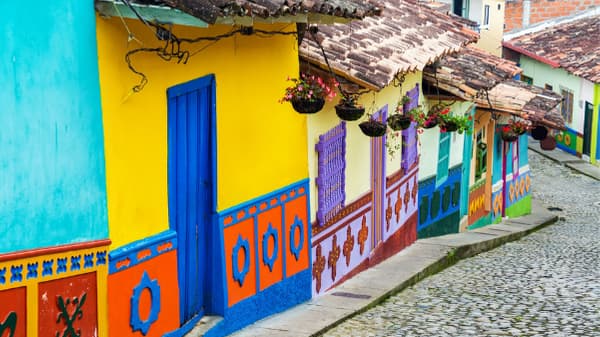
Annual output: 885 metric tons
Colombia has a long history of coffee. Unique traditions and lifestyles have blossomed around the industry. Coffee was introduced into Colombia in the early 1700s, and by the late 1800s, it was a dominant crop.
In Colombia, about 2.3 million acres of land are planted with coffee. In the 1960s, it accounted for almost 90% of exports from Colombia. Although that figure is much lower now, coffee is still the most important agricultural export.
There are around 555,000 coffee growers in Colombia. Coffee farms are generally not owned or operated by large corporations. The majority of Colombian coffee plantations (95%) are owned by families.
Colombians typically start their morning with a tinto. It’s a small cup of black coffee that’s sweetened with sugar or panela, a raw sugar common in Colombia. They may add cinnamon or other spices to jazz it up.
4. Indonesia

Annual output: 760 metric tons
Indonesia has a long coffee history that goes back to the 1600s. At that time, plantations were established in Java, making Indonesia one of the first countries outside of Arabia and Africa to cultivate the crop and promote Arabica production.
Although Indonesia is currently the fourth biggest coffee-producing country in the world, its history has its share of drama and tragedy. In the late 19th century, the dreaded coffee rust disease wiped out much of the high-quality coffee plants. Millions of people were suddenly left without an income.
To prevent that tragedy from happening again, Indonesia replanted with the disease-resistant Robusta coffee. Arabica beans still play a part in the Indonesian coffee market, representing about 25% of coffee beans grown there.
5. Ethiopia
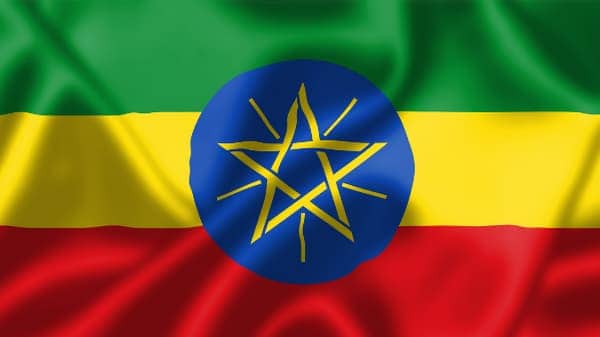
Annual output: 482 metric tons
Ethiopia is thought to be the original home of Arabica coffee. You might be familiar with the legend of Kaldi, the goat herder from Ethiopia that set off the coffee craze.
Nowadays, 12 million people in Ethiopia live off the coffee sector. Coffee accounts for 28% of exports and is grown in Ethiopia in the southwest, west, and east of the country.
Trademark varieties of coffee beans from Ethiopia, such as Yirgacheffe, are proudly displayed on bags around the globe. They are highly valued for their floral notes and pleasant acidity. In parallel, new processing methods including carbonic maceration are popular with Ethiopian grown beans.
But in Ethiopia, coffee isn’t just about business. Ethiopia has a coffee culture that is not only long but also rich in traditions. Just what we’d expect from the birthplace of Arabica.
Ethiopia’s beloved coffee ceremony, often considered their most important social occasion, has been passed on for generations. This outstanding sign of friendship and hospitality isn’t a short ceremony. It takes the participant from the raw coffee beans all the way to the brew in the cup.
The woman performing the ceremony roasts the coffee beans over an open flame, shaking or stirring them continuously. She then grinds them with a pestle in a wooden bowl. Once the coffee is brewed, she pours it from a dramatic height of about a foot into the cups.
6. Honduras
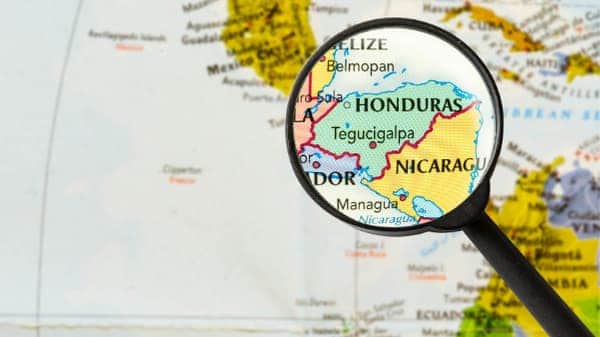
Annual output: 476 metric tons
The story of coffee in Honduras is a story of growth and success. While it’s now the largest coffee-producing country in Central America, back 50 years ago, there was barely any coffee in the country.
Between 1970 and 1996, national production increased by a staggering 200%. The terrain and soil in Honduras are both well adapted to producing specialty coffee beans, which now accounts for about 30% of the total coffee exports.
The Honduran Coffee Institute helps promote coffee production and assists farmers. This support, coupled with the persistence of coffee growers, has helped the industry flourish.
But like with many coffee-producing countries, drama and tragedy have also followed. Natural disasters, the collapse of coffee prices, and coffee leaf rust took their toll.
Despite this, coffee is Honduras’ main agricultural export. About 100,000 people in Honduras are currently growing coffee.
Diversity is a hallmark of Honduras. Diverse varieties, processes, and microclimates in the six main coffee regions create varied cup profiles. In the west, Copán has low temperatures that create chocolate, caramel, or citrus notes. Montecillos has higher altitudes and cooler nights, with fruity notes. Comayagua is the largest producing region in the center of the country and is known for sweet and fruity coffees.
7. Peru

Annual output: 363 metric tons
Coffee arrived early in Peru by the late 1700s. Exporting the crop, however, took longer. The first registered exports didn’t happen until the end of the 19th century.
Now, over 100,000 coffee producers are working hard on small farms with an average of just 3 hectares. They grow varieties that are common in Latin America, such as Bourbon, Typica, Catuai, Caturra, and Mundo Novo.
Coffee growing regions run from north to south and include San Martín, Junín, Cajamarca, Amazonas, Cusco. Coffees from Peru are appreciated for their mild cup profile. Peru also shines in producing organic, traditionally washed coffees.
8. India
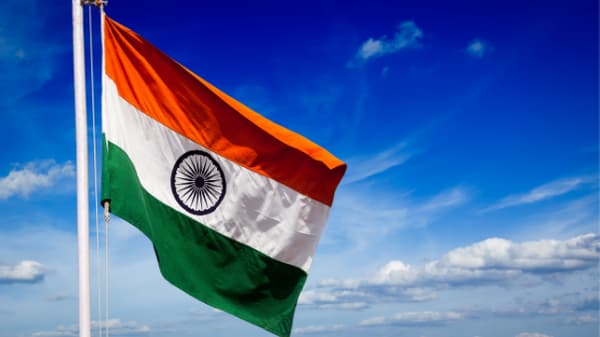
Annual output: 319 metric tons
In the 1600s, coffee beans were taken from Yemen to India. During the 18th century, the British increased commercial coffee plantations in India.
Now, there are 210,000 coffee producers in India, primarily small growers. They grow both Arabica beans and Robusta coffee beans, mainly in the southern part of India in Karnataka, Tamil Nadu, and Kerala.
All coffee in India is shade-grown in forests that create ideal conditions and prized coffee. Indian coffee is known for being spicy, with hints of clove or cardamom, and having low acidity.
The government has an India Coffee Board that regulates the industry. However, coffee in India is mostly for export since the preferred drink in India is tea.
9. Uganda
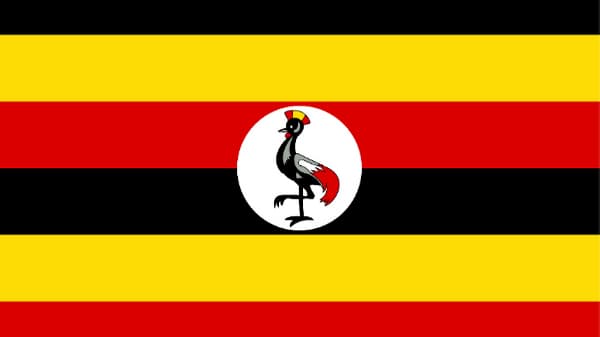
Annual output: 254 metric tons
Coffee is the top export in Uganda. Much of the population is connected in some way to the coffee trade.
Uganda grows mainly Robusta (87%), with Arabica coming in at just 13% of production. In fact, Uganda is the largest exporter of Robusta beans in Africa. That shouldn’t surprise us since Robusta is native to this country.
Uganda produces coffee through much of the west, east, and southeast. Harvest season for Robusta is usually from November to February.
Like many countries that were under British influence, tea is the favored drink in Uganda, so there’s not much of a traditional coffee culture.
10. Guatemala
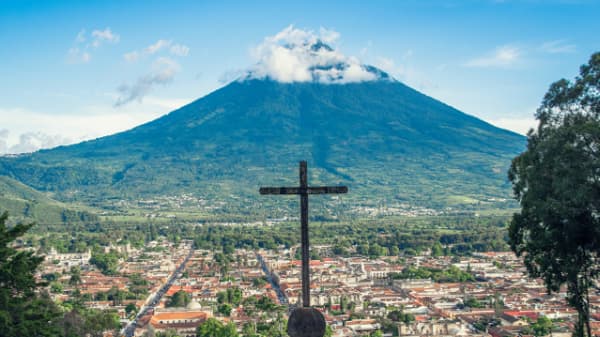
Annual output: 225 metric tons
Guatemala has been one of the top coffee-producing countries in Central America for some time. Over 100,000 people, mostly indigenous Guatemalans, are involved in the sector.
Rich volcanic soil and microclimates help create rich coffees that have notes of chocolate or even spices. Anacafé (Asociación Nacional del Café) helps with research and to promote Guatemalan coffee around the world.
Guatemalan Coffee is grown in the southern part of the country, from east to west. The highlands are particularly ideal for coffee production, with a cooler climate and rich soil.
Antigua has three volcanoes and rich volcanic soil that are ideal for growing coffee. The high altitudes in the Huehuetanango region give coffees a crisp acidity and caramel-like sweetness. Near the border with Honduras, cloudy conditions in Nuevo Oriente produce a balanced, full-bodied brew.
11. Nicaragua
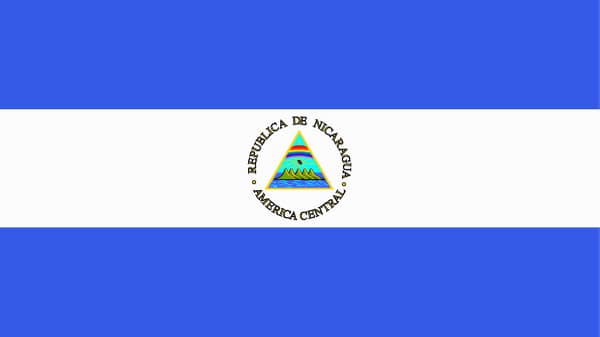
Annual output: 174 metric tons
Coffee in Nicaragua got off to a roaring start in the mid-1800s. Within two short decades it had leaped to become the country’s largest export crop. The next 100 years were productive ones for Nicaragua.
However, political and social unrest took its toll on coffee production. Now, 330,000 people are employed in some aspect of the industry, so about 15% of the country’s labor force is involved in coffee.
Nicaragua produces Arabica coffee with notes from floral and delicate to bright citrus. Coffee is grown just in five regions in the north: Jinotega, Matagalpa, and Nueva Segovia.
Recently, the focus has been on washed specialty coffees to attract international buyers. Keep an eye on Nicaragua for remarkable specialty coffee in the future.
12. Mexico

Annual output: 165 metric tons
In Mexico, coffee got a slow start. Although the crop arrived in the 1700s, mineral exports got more attention. Coffee cultivation boomed in the 1970s-1990s.
Then the fall of coffee prices in the early 1990s and internal problems devastated coffee production.
Co-ops stepped in to support growers and help sell coffee abroad. Over 500,000 people, mostly indigenous Mexicans, produce coffee on farms smaller than three hectares.
Mexican coffee is not well known but often has delightful fruity profiles and a lighter body. More than a dozen states produce coffee, mostly in the south.
Near the border with Guatemala, Chiapas is home to some of Mexico’s best coffees with notes of chocolate and nuts. Fine coffees from Veracruz often have notes of berries. In Oaxaca, growers use traditional farming techniques that have changed little in recent decades.
The coffee leaf rust outbreak that affected Central American in 2011 did not spare Mexico. Production was halved. Now, Mexico is the largest producer of organic coffee in the world at 60% of the world’s production.

